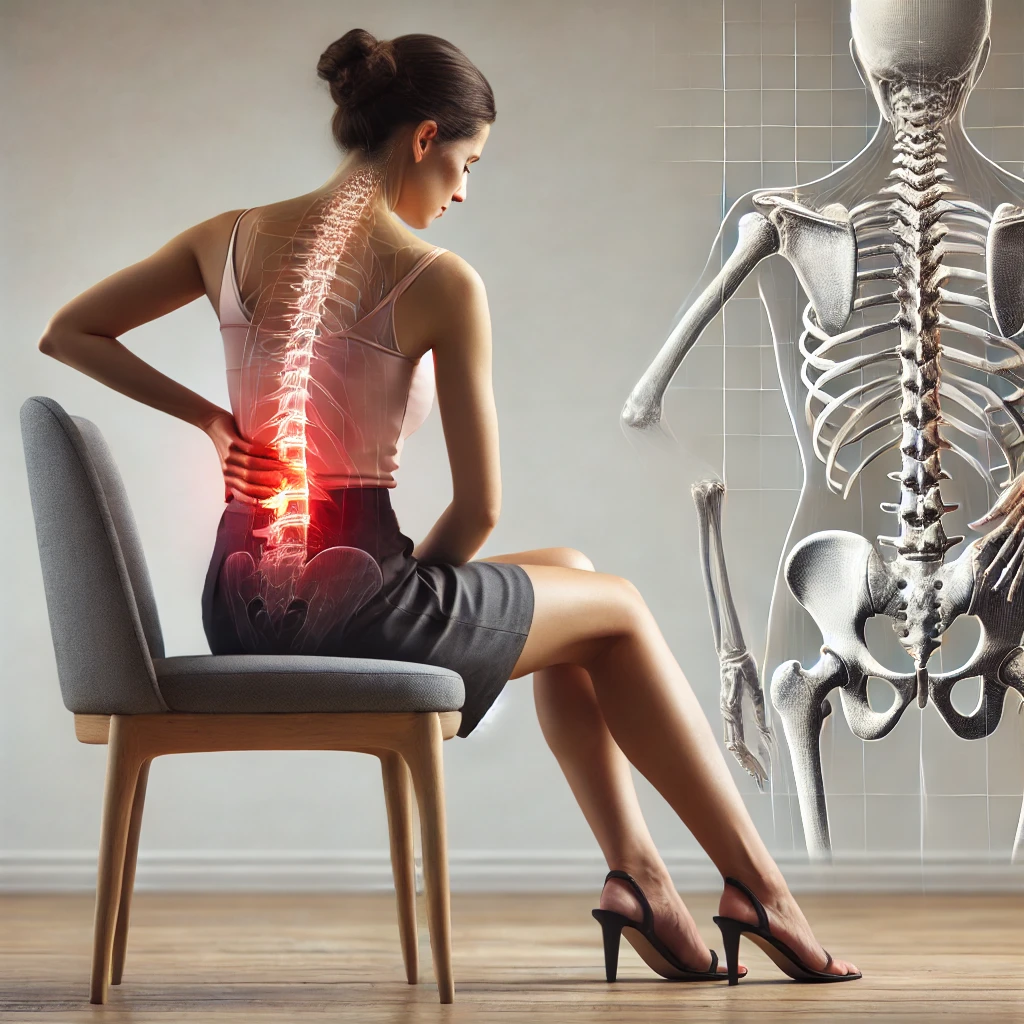Physical Address
304 North Cardinal St.
Dorchester Center, MA 02124
Physical Address
304 North Cardinal St.
Dorchester Center, MA 02124

Rheumatoid arthritis (RA) is not just a physical disease—it’s deeply intertwined with our mental and emotional well-being. For me, RA became a significant challenge when I was already navigating a storm of stress. Transitioning from being an employee to an entrepreneur brought a wave of responsibilities, and a toxic business partnership exacerbated everything with emotional manipulation and even harassment.
Though I had mild RA symptoms before, it wasn’t until this period of overwhelming stress that my condition worsened dramatically. Looking back, I realize how stress played a pivotal role in my RA progression and why addressing emotional well-being is just as important as treating physical symptoms.
Before life’s challenges escalated, I was already experiencing subtle RA symptoms:
However, these symptoms didn’t disrupt my daily life, so I thought they were harmless. What I didn’t realize was that my body was signaling the start of something more serious.
During my transition to entrepreneurship, the challenges piled up:
Stress can wreak havoc on the immune system, and for people predisposed to autoimmune diseases like RA, it often acts as a trigger or an accelerant. For me, this stress intensified my symptoms dramatically.

The mild stiffness turned into severe back pain, to the point where:
Additionally, I started experiencing symptoms beyond joint pain:
This was the breaking point that pushed me to seek medical help.

I visited two doctors, but their opinions differed:
This experience taught me the importance of advocating for my health, even when diagnostic results seem inconclusive.
Reflecting on my journey, I realized that physical treatments alone couldn’t solve my RA problems—I had to address the stress that was fueling my condition. Here’s what helped me regain control:

This experience taught me that stress isn’t just emotional—it’s physical. When our minds are overwhelmed, our bodies respond, often in ways we don’t expect. For those of us with RA, stress can exacerbate inflammation, worsen symptoms, and delay healing.
By addressing the root cause of my stress and combining it with medical treatments, I’ve been able to reclaim a sense of balance in my life. While my RA hasn’t disappeared, it’s now something I can manage, rather than something that controls me.

Living with RA is a constant journey of self-discovery and resilience. While I wouldn’t wish the pain or challenges on anyone, this experience has taught me the value of listening to my body and protecting my mental health. If you’re struggling with RA or overwhelming stress, know that you’re not alone. There’s light at the end of the tunnel—sometimes, it just takes asking for help and making tough choices to find it.ain control over your life. Listen to your body and act early—the relief you seek is within reach.
If you’re navigating life with RA or facing overwhelming stress, here are some actionable steps that worked for me and may help you too:
Remember, the first step is acknowledging that you need support—reaching out for help is a sign of strength, not weakness.